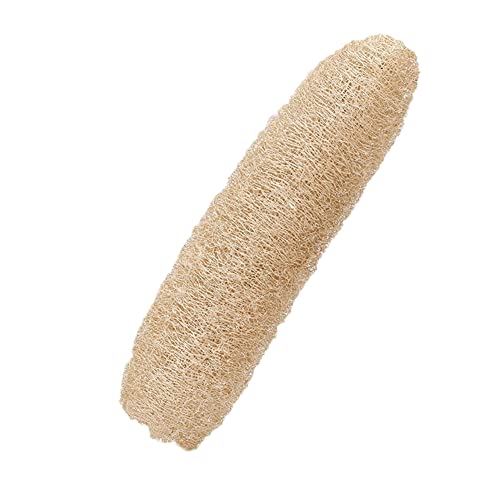Nudel
Well-known member
- Messages
- 1,064
- Location
- Faroe Islands
I'm using a 12v timer for my tank filling setup. Works perfectly fine.
Also use 12v solenoids for shutting off my RO, but that's only on tap pressure.
For a timer, something like this should work. https://m.ebay.com/itm/12V-Timing-Delay-Relay-Module-Cycle-Timer-LED-Digital-Dual-Display-0-999-Minutes/142790749615?epid=525527230&hash=item213efdedaf%3Ag%3Av6MAAOSwgJla9Wmc&_nkw=Timer+12v&_from=R40&rt=nc
Unfortunately it doesn't have NC contacts, so either you use one NO and one NC valve, or add a daughter relay board. Most other 12v timers off ebay needs a trigger signal to activate, which you can do by rotating your storage float valve 180 degrees, but is kind of a hassle as you then can't use the float valve to also start the booster pump (and you loose a failsafe). But the one I linked should just activate the timer on power on.
And Arduino with a relay module is another good option.
Also use 12v solenoids for shutting off my RO, but that's only on tap pressure.
For a timer, something like this should work. https://m.ebay.com/itm/12V-Timing-Delay-Relay-Module-Cycle-Timer-LED-Digital-Dual-Display-0-999-Minutes/142790749615?epid=525527230&hash=item213efdedaf%3Ag%3Av6MAAOSwgJla9Wmc&_nkw=Timer+12v&_from=R40&rt=nc
Unfortunately it doesn't have NC contacts, so either you use one NO and one NC valve, or add a daughter relay board. Most other 12v timers off ebay needs a trigger signal to activate, which you can do by rotating your storage float valve 180 degrees, but is kind of a hassle as you then can't use the float valve to also start the booster pump (and you loose a failsafe). But the one I linked should just activate the timer on power on.
And Arduino with a relay module is another good option.
























